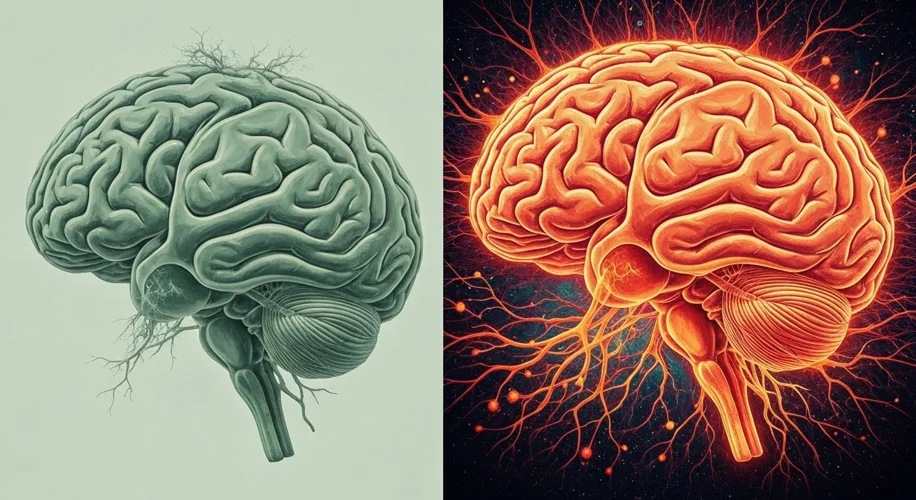It’s easy to get confused when talking about brain diseases. We hear about proteins misfolding, spreading through the brain, and causing serious problems. Two conditions that often get lumped together in discussions are Alzheimer’s disease and prion diseases.
But here’s the thing: while both involve protein issues, they are distinct conditions with different causes and mechanisms.
What Are Prion Diseases?
Let’s start with prion diseases. The name itself, “prion,” comes from “proteinaceous infectious particle.” These aren’t viruses or bacteria; they are misfolded proteins that can induce other proteins to misfold in the same abnormal way. Think of it like a chain reaction.
When a prion protein misfolds, it can cause normal, healthy proteins in the brain to change their shape too. This accumulation of misfolded proteins leads to severe damage in brain tissue, causing symptoms like memory loss, difficulty moving, and changes in personality. Famous examples include Creutzfeldt-Jakob disease (CJD) in humans and bovine spongiform encephalopathy (BSE), often called “mad cow disease,” in cattle.
The key characteristic of prion diseases is their transmissibility. They can be transmitted through contaminated medical equipment, consuming infected tissue, or, rarely, inherited.
So, What About Alzheimer’s?
Alzheimer’s disease, on the other hand, is a neurodegenerative disease characterized by the buildup of two specific proteins: amyloid-beta and tau.
- Amyloid-beta proteins form plaques that accumulate between nerve cells in the brain. These plaques can disrupt cell function.
- Tau proteins normally help transport nutrients within nerve cells. In Alzheimer’s, tau proteins become abnormal, forming tangled structures inside brain cells, which further impairs cell function and ultimately leads to cell death.
The progression of Alzheimer’s is gradual. It starts with subtle memory problems and can advance to more severe cognitive decline, affecting thinking, behavior, and the ability to perform daily tasks.
Why Aren’t They the Same?
Here’s where the distinction really matters:
- The Nature of the Protein: Prion diseases are caused by a single type of misfolded protein (the prion itself) that forces other proteins to misfold. Alzheimer’s involves the accumulation of two different misfolded proteins (amyloid-beta and tau), which don’t necessarily cause other proteins to adopt the same misfolded shape in the same infectious way.
-
Transmission: Prion diseases are infectious. They can be transmitted from one individual to another through specific routes. Alzheimer’s disease, as we currently understand it, is not contagious. You cannot catch Alzheimer’s from someone else.
-
The ‘Seeding’ Mechanism: While both involve protein aggregates, the way they spread and cause damage differs. In prion diseases, the misfolded prion protein acts as a direct template, inducing misfolding in its neighbors. In Alzheimer’s, while amyloid and tau aggregates can spread within the brain, it’s more akin to a progressive disease process within an individual rather than an external infectious agent.
Moving Forward
Understanding these differences is crucial for developing effective treatments and diagnostics. Researchers are working tirelessly on both fronts. For Alzheimer’s, the focus is on clearing amyloid and tau, preventing their formation, or protecting brain cells from their damaging effects. For prion diseases, the challenge is to stop the infectious misfolding process.
While both conditions present immense challenges to brain health, knowing the distinct scientific paths they take helps us appreciate the complexity of neurodegenerative diseases and the specialized research needed to combat them. It’s fascinating how different protein problems can lead to such profound impacts on the brain!

